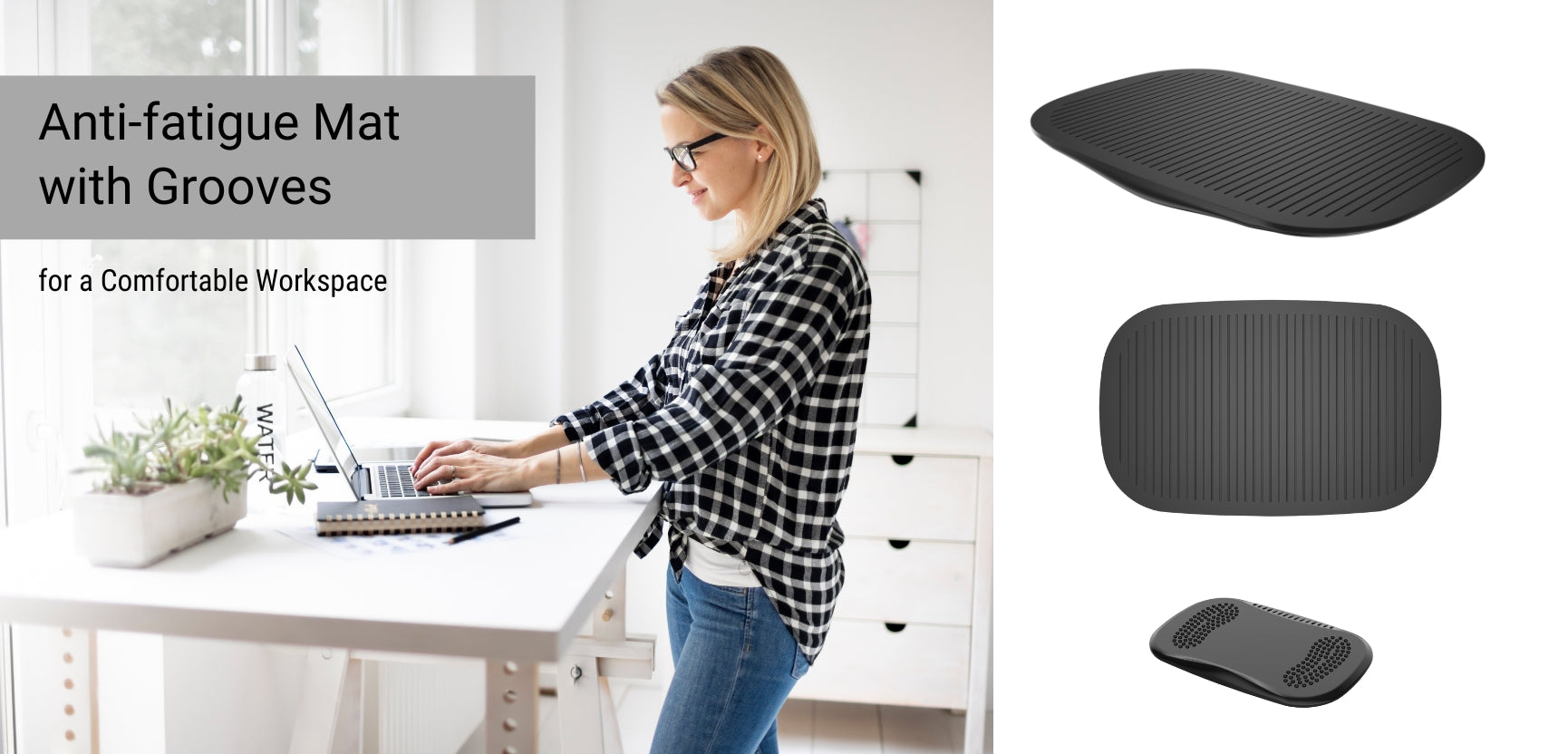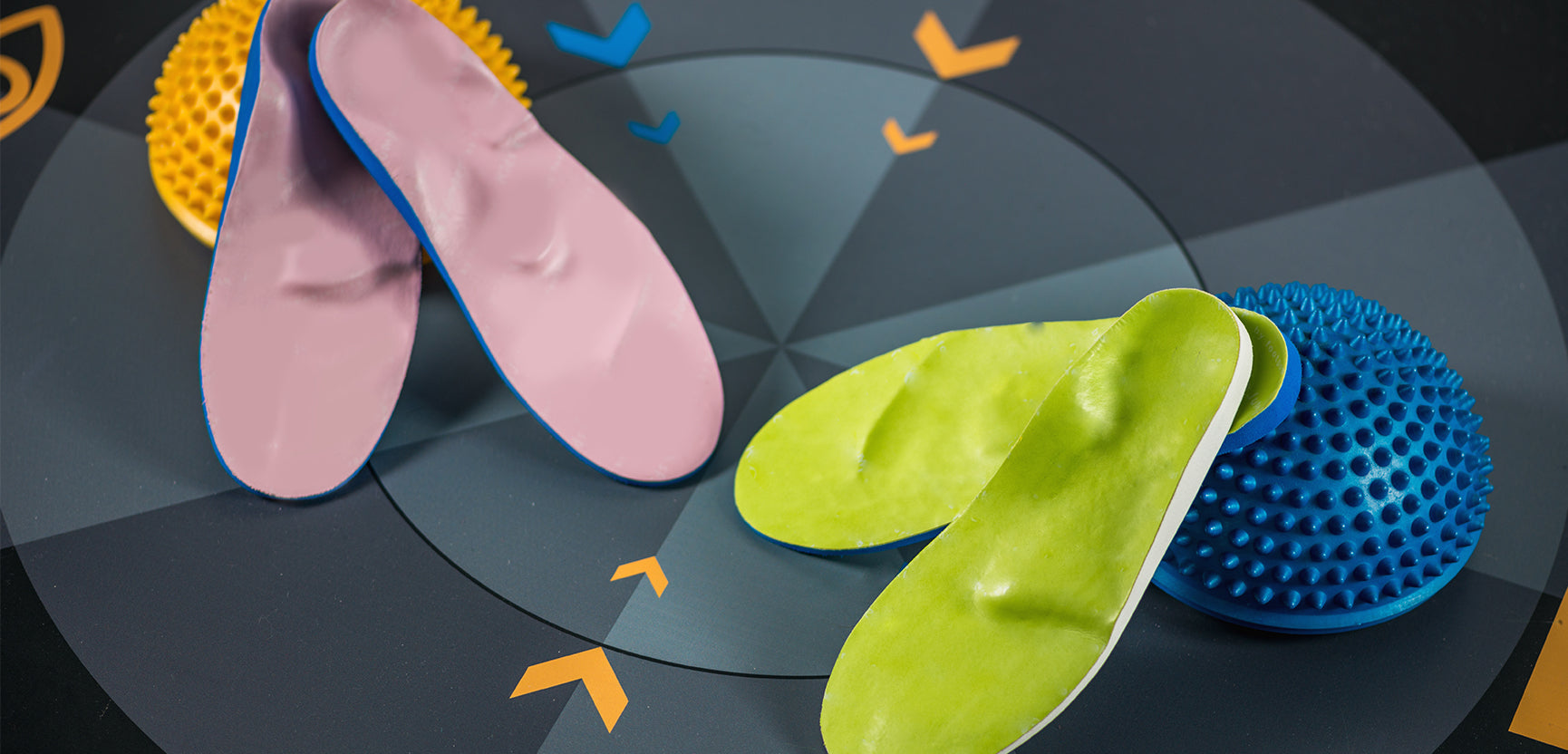Working at a standing desk can be beneficial for your health, but it also demands more from your feet. Choosing the best shoes for standing desks is crucial for maintaining comfort and productivity throughout the day. This comprehensive guide will walk you through the shoe materials for comfort, ergonomic footwear for work, and shoe fitting tips for desk jobs to help you find the perfect pair for your standing desk setup.
Understanding Shoe Materials and Fit

Leather vs. Fabric vs. Synthetic Materials
The material of your shoes plays a significant role in overall comfort and durability. Here’s a breakdown of common shoe materials:
- Leather: Known for its durability and ability to mold to your foot over time, leather provides excellent support and is breathable. However, it can be heavier and may require a break-in period.
- Fabric: Typically, lighter and more breathable than leather, fabric shoes offer flexibility and comfort. They are a great option for warm environments but may lack the support and durability of leather.
- Synthetic Materials: Often designed to mimic the properties of leather and fabric, synthetic materials can provide a good balance of comfort and support. They are usually lighter and less expensive but may not offer the same breathability as natural materials.
Importance of Accurate Shoe Measurements

Wearing the right shoe size is essential for comfort and foot health, especially when standing for long periods. Accurate measurements ensure that your shoes provide proper support and reduce the risk of foot problems. Here are some tips for getting the right fit:
- Measure Your Feet: Foot size can change over time, so measure your feet regularly. Use a Brannock device or visit a shoe store for a professional fitting.
- Consider Foot Width: Width is just as important as length. Make sure to choose shoes that accommodate the width of your feet to avoid discomfort.
- Allow for Swelling: Feet can swell during the day, especially when standing. Leave a little extra room in your shoes to accommodate this.
Ergonomic Considerations for Standing Desk Footwear
Arch Support and Shoe Space
Good arch support is critical when choosing ergonomic footwear for work. Proper support can prevent foot fatigue and reduce the risk of developing issues like plantar fasciitis. Look for shoes with built-in arch support or consider adding orthotic inserts. Also, you can consider using an anti-fatigue mats that provide you with cushion and help reduce legs strain and fatigue.
- Arch Support: Ensure that your shoes support the natural arch of your foot. This helps distribute weight evenly and reduces strain on your feet.
- Shoe Space: There should be enough room in the toe box to wiggle your toes. Tight shoes can lead to blisters and other foot problems.
Selecting Shoes Based on Work Environment

Different work environments may require different types of shoes. Here are some considerations:
- Office Setting: In a professional environment, you might need dress shoes that also offer comfort. Look for stylish options with cushioned insoles and good arch support.
- Casual Workplace: If your workplace allows casual footwear, consider athletic shoes or comfortable slip-ons that provide ample support.
- Industrial Setting: For those in more rugged environments, durable work boots with enhanced support and safety features might be necessary.
Tips for Trying and Buying the Right Shoes

Testing Shoes for Comfort and Fit
When trying on shoes, it's important to test them thoroughly to ensure they will be comfortable throughout the day.
- Try Shoes at the End of the Day: Feet tend to swell throughout the day, so try on shoes in the evening to get a more accurate fit.
- Walk Around: Don’t just stand in the shoes—walk around the store to see how they feel in motion.
- Check for Immediate Comfort: Shoes should feel comfortable right away. Avoid buying shoes that you think will need a lot of breaking in.
FAQ
How do shoe materials affect comfort at standing desks?
Shoe materials such as leather, fabric, and synthetic materials affect breathability, support, and durability. Leather offers excellent support and molds to your foot over time, while fabric provides flexibility and breathability. Synthetic materials balance support and comfort but may lack breathability.
What features should I look for in standing desk shoes?
Look for features like good arch support, ample toe box space, cushioned insoles, and materials that provide both comfort and durability. Ensuring a proper fit is also crucial for preventing foot fatigue and discomfort.
How can I ensure my shoes fit well throughout the day?
Measure your feet regularly, considering both length and width, and allow for swelling by leaving extra room in your shoes. Try on shoes at the end of the day when your feet are likely to be swollen and walk around to test for comfort.
A Final Word
Selecting the best shoes for standing desks involves understanding the importance of materials, fit, and ergonomic design. This guide will help you find footwear that provides comfort, support, and style, enhancing your overall work experience. Also, we have more tips on creating and maintaining an ergonomic work environment on our website. Visit Progressive Desk and explore our range of products designed to support your health and productivity!
sales@progressivedesk.com | 1-800-828-9414





